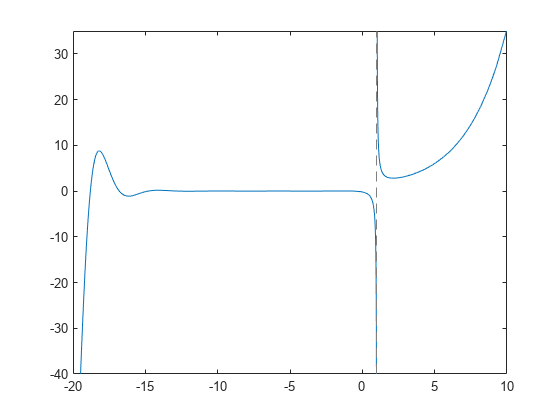hurwitzZeta
Hurwitz zeta function
Description
Z = hurwitzZeta(s,a)s and
a. The Hurwitz zeta function is defined only if s is
not 1 and a is neither 0 nor a negative integer.
Examples
Input Arguments
More About
Tips
Floating-point evaluation of the Hurwitz zeta function can be slow for complex arguments or high-precision numbers. To increase the computational speed, you can reduce the floating-point precision by using the
vpaanddigitsfunctions. For more information, see Increase Speed by Reducing Precision.The Hurwitz zeta function is related to other special functions. For example, it can be expressed in terms of the polylogarithm Lis(z) and the gamma function Γ(z):
Here, Re(s) > 0 and Im(a) > 0, or Re(s) > 1 and Im(a) = 0.
References
[1] Olver, F. W. J., A. B. Olde Daalhuis, D. W. Lozier, B. I. Schneider, R. F. Boisvert, C. W. Clark, B. R. Miller, and B. V. Saunders, eds., Chapter 25. Zeta and Related Functions, NIST Digital Library of Mathematical Functions, Release 1.0.20, Sept. 15, 2018.
Version History
Introduced in R2019a
